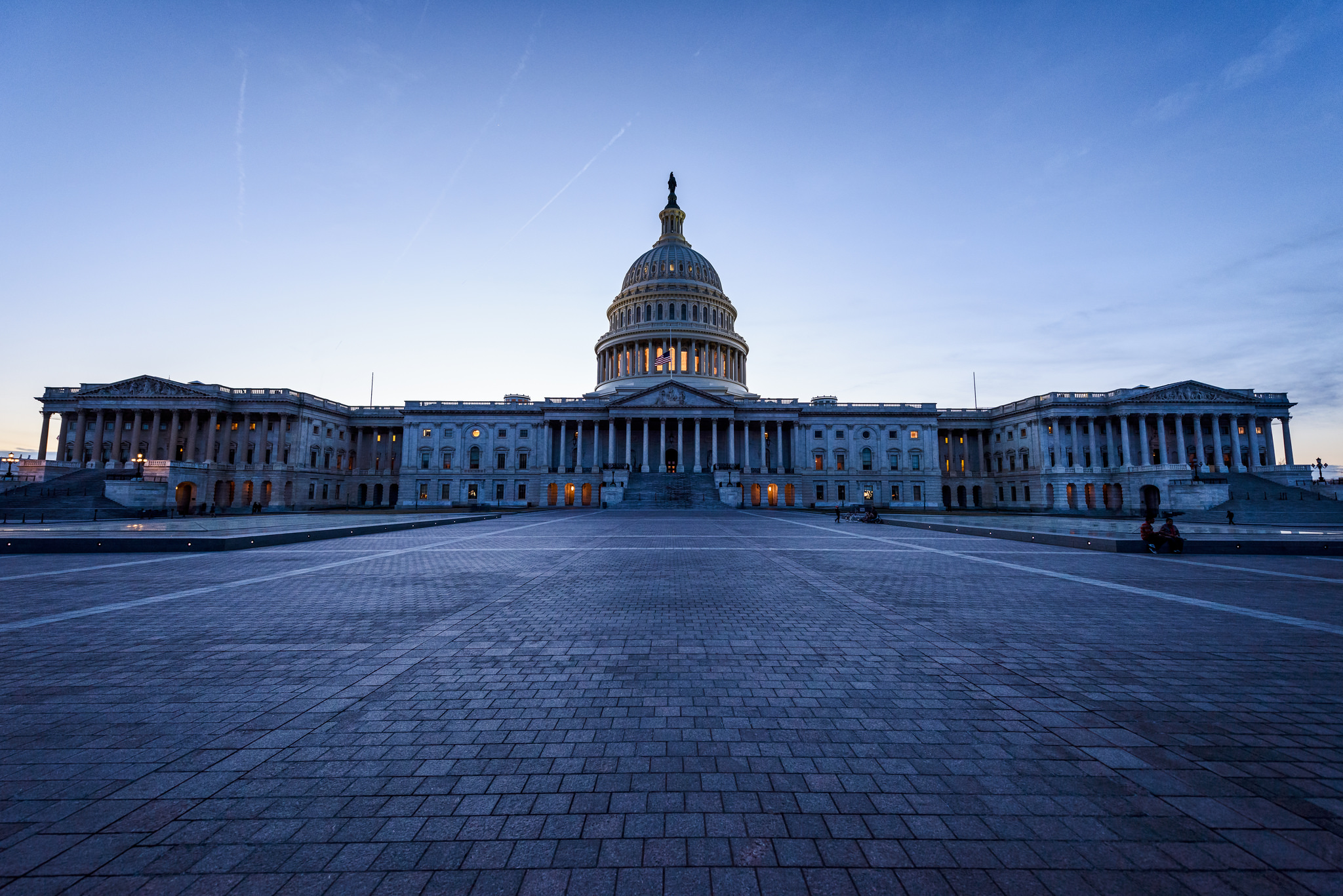Individual empowerment, improved culture, and public safety – things that work when “bans” won’t

In my last three columns, I’ve talked about my own experiences during a school shooting (don’t think I don’t know the stakes), pointed out that the facts are at distinct odds with most modern “gun control” rhetoric and explored some of the practical challenges, counter-productivity and/or out-and-out pointlessness of many of the more glib and common gun control suggestions bandied about.
Virtually every job I’ve had in my adult life has involved government action in the field of public safety, from college campus security to intercepting terrorist regime smuggling to defending or prosecuting those accused of crimes. Prohibiting Bad Things is sometimes part of a solution, but rarely The Solution. Real, lasting improvements to public safety come from the ground up – shifts in our cultural ethos and empowered individuals rather than government agencies. In this final column of this series, here are a few pieces of the public safety equation that will have more significant and lasting value for our children than all the “bans” in the world.
Secure our schools – but don’t fortify them
I’m perfectly happy with armed security personnel at schools – preferably stationing community police officers there rather than hiring private security folks who too often, couldn’t get a job as a police officer for some reason or another. But there is no reason to TSA-ize our schools, or any other public place, for that matter. For one thing, the TSA model does a terrible job detecting threats. For another, say it again with me: gun violence at schools is exceedingly rare and getting rarer. The cost-benefit of fortifying elementary schools, especially versus hiring and funding more counselors, coaches, teachers and mental health service providers, simply doesn’t add up. And we ought to consider the very real harm we do to kids when we teach them to be anxious and paranoid, or in giving ideas to pranksters or the kid who’s a potential threat.
Let teachers be armed
I have yet to see a single person suggest we require all or even some teachers to train with and carry firearms at school (this is what is often implied when you see the phrase “arm teachers”), and yet there is no shortage of backlash to this non-existent proposal. It speaks poorly of my friends on the left who, as they so often do, recognize no daylight between “allowing” and “mandating.”
But there are plenty of teachers out there who are already veterans, gun enthusiasts, CCW holders, etc. who are otherwise already comfortable carrying a firearm and willing to do so. Why not let them? If my child’s classroom is under attack, I would prefer to know someone is armed, on scene, ready to defend her – not five minutes away or hiding behind a car in a parking lot. Concerns that police won’t know the difference between a murderer and a defender are real, as are worries that a less-well-trained civilian will be a less accurate shot. But a) the perfect ought not be the enemy of the good, and b) those risks can be mitigated with adequate communication, training and risk planning between the schools and law enforcement, something which should be happening anyway and which will be far more fruitful than regular panic-inducing active shooter drills for the kids. And an active shooter having to stop and return fire cannot simply continue to slaughter at will, saving lives in the end.
Self-defense – and defense of others – is like firefighting or first aid. The first responder is rarely the professional First Responder, but we’re better off as a society when we have less “not my job!” and more “what can I do to help until better qualified people arrive to relieve me?” in any given emergency.
Train teachers to recognize at-risk kids
Teachers cannot replace parents, and they cannot be expected to be omnisciently aware of budding psychological problems with their students. But while most teachers ought not carry guns, all of them should be thinking about the socialization of their students. This has always been a critical part of the teaching profession – I want my kids to learn algebra and history, but I’m even more concerned that their teachers reinforce critical life skills like healthy respect for authority, discipline, timeliness, respect for their fellow students and integrity. Any teacher who complains this isn’t her job has no business being a teacher.
Any good teacher or coach knows the importance of getting to know the personalities of the students, so as to adjust the delivery of any given lesson. This already-existing skill can be honed to recognize troubled or even violent kids early, and hopefully intervene meaningfully before tragedy strikes.
I would also expand extracurricular options. Traditional team sports aren’t for everyone – they never were for me. Nonetheless, I, at a fairly dark and lonely time in my teenage years, found confidence, friendship and invaluable mentorship through taekwondo. I’ve long argued that teaching martial arts in schools would be the most effective anti-bullying program – “peace through strength” works on the micro level as well as the macro, and I know from personal experience that being prepared to defend yourself makes it that much less likely you’ll ever have to actually do it. But really, any activity with adult mentors and kids lifting each other up is a benefit, regardless of how much kicking, punching or grappling is involved.
Stop being afraid to discipline kids
In an example of good intentions gone wrong, the Obama administration mandated that public schools throttle way back on punishing kids who commit crimes or acts of violence in school, directly resulting in alarming increases in school violence all over the country, including in Las Vegas. As the Indy’s own Jackie Valley reported:
In Clark County, incidents involving student-to-student violence jumped from 3,781 in the 2013-2014 school year to 6,227 last year. That’s a nearly 65 percent increase. It’s a similar tale in other safety categories as well: Student violence against staff members increased from 178 to 647 incidents during that same time frame. Additionally, the number of weapons-related incidents at schools has tripled in recent years — from 264 in the 2013-2014 academic year to 804 last year.
+++
[Eldorado High School Principal David] Wilson chalks up the increasing school violence to what he calls a “failed social experiment” — an initiative to decrease the number of expulsions, especially among minority students, who historically have faced that type of discipline at higher rates than their white peers.
“We tried to cut down on our numbers of expulsions,” he said. “We tried to cut down on our numbers of suspensions. We changed regulations. What we’ve seen is something that isn’t working.”
There is no better evidence that there is no such thing as “benign” discrimination. We do people no kindness when we fail to hold them accountable for their actions, regardless of their skin color or socio-economic circumstances. Society as a whole suffers even more.
Again, overall violent crime is still down, and this more recent uptick in schools can and should be quickly corrected by returning to common sense disciplinary procedures against violent children.
Train the kids to look out for each other
The kids we worry about have a tremendous amount of power. But that power isn’t in astroturfed protests or in skipping school for a few hours to attend thinly veiled partisan political rallies, consequence-free because most school administrators are sympathetic with their politics and functionally sanctioned this week’s walkout. Indeed, the immediate gravitation towards partisan politics as a “solution” is really only reinforcing the cliquish tribalism on a larger scale that makes so many teenagers feel like outcasts in the first place.
I will reiterate: teenagers, however brilliant, are no smarter or wiser now than we were when we were teenagers, and putting public policy and civil liberties in their hands is foolish. Not one of the marching thousands carried a magic wand which would rid our society of all violent crime. Their march was the equivalent of a Facebook meme – it preached to the choir, relied on false information (like falsely claiming children are less safe now than they historically have been, or conflating the very different problems of suicide and murder under the same umbrella of “gun violence”) and gave the illusion of action without a single substantive policy proposal. It was really embarrassing to see Democratic politicians, like gubernatorial candidate Steve Sisolak, breathlessly stipulating to their own incompetence by insisting we should turn to children for our political solutions.
If today’s kids want to prove me wrong, then show it. You know who the weird loners in your school are. Reach out to them. Invite them to a party, or better, an extracurricular tryout. Teachers can and should encourage and participate in this, too. Either you’ll make a difference in their lives for the better, or maybe you’ll be alerted to someone truly dangerous before they can strike, and can take other action. Either way, there is no downside.
I’ve seen this “Walk Up” philosophy derided as “victim blaming” by some of the more noxious partisans who pollute our civil discourse. But one of the people promoting that alternative to the empty political theater that were the walkouts is an acquaintance of mine whose daughter was one of the 17 kids murdered in Florida. Victims of crime may not always be correct in their ideas on how to prevent future crimes, but if anyone thinks this man was blaming his own daughter for being shot and killed by an evil scumbag, then I pity those people for the sewer of a soul they’re condemned to walk through life with.
***
Four long columns were barely enough to scratch the surface of true understanding of both the problems we face and the efficacy of their proposed solutions. Those who think The Answer to anything can be found on a picket sign or social media meme are simply not to be taken seriously.
The rest of us understand that the balance between public safety and civil liberties will be endless, and further understand that this is a feature of American society, rather than a bug. In the meantime, those of us not new to the infinite work involved in protecting both people and rights will continue doing the hard and thankless work of keeping the public safety trend moving, as it has been for years, in the right direction.
Orrin Johnson has been writing and commenting on Nevada and national politics since 2007. He started with an independent blog, First Principles, and was a regular columnist for the Reno Gazette-Journal from 2015-2016. By day, he is a deputy district attorney for Carson City. His opinions here are his own. Follow him on Twitter @orrinjohnson, or contact him at [email protected].
